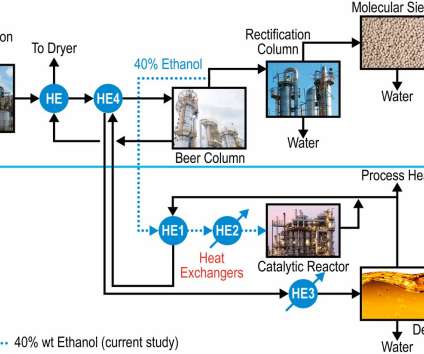Updated NETL study provides more detailed economic and environmental assessment of coal-to-liquids and CTL with modest biomass
Green Car Congress
MAY 15, 2012
Performance in the study is measured by such metrics as: (1) required selling price of the fuel; (2) crude oil price when the process will become economically viable; (3) the Well-to-Wheels (WTW) life cycle GHG emissions profile of the diesel fuel; and (4) the water usage associated with the facility.





















Let's personalize your content